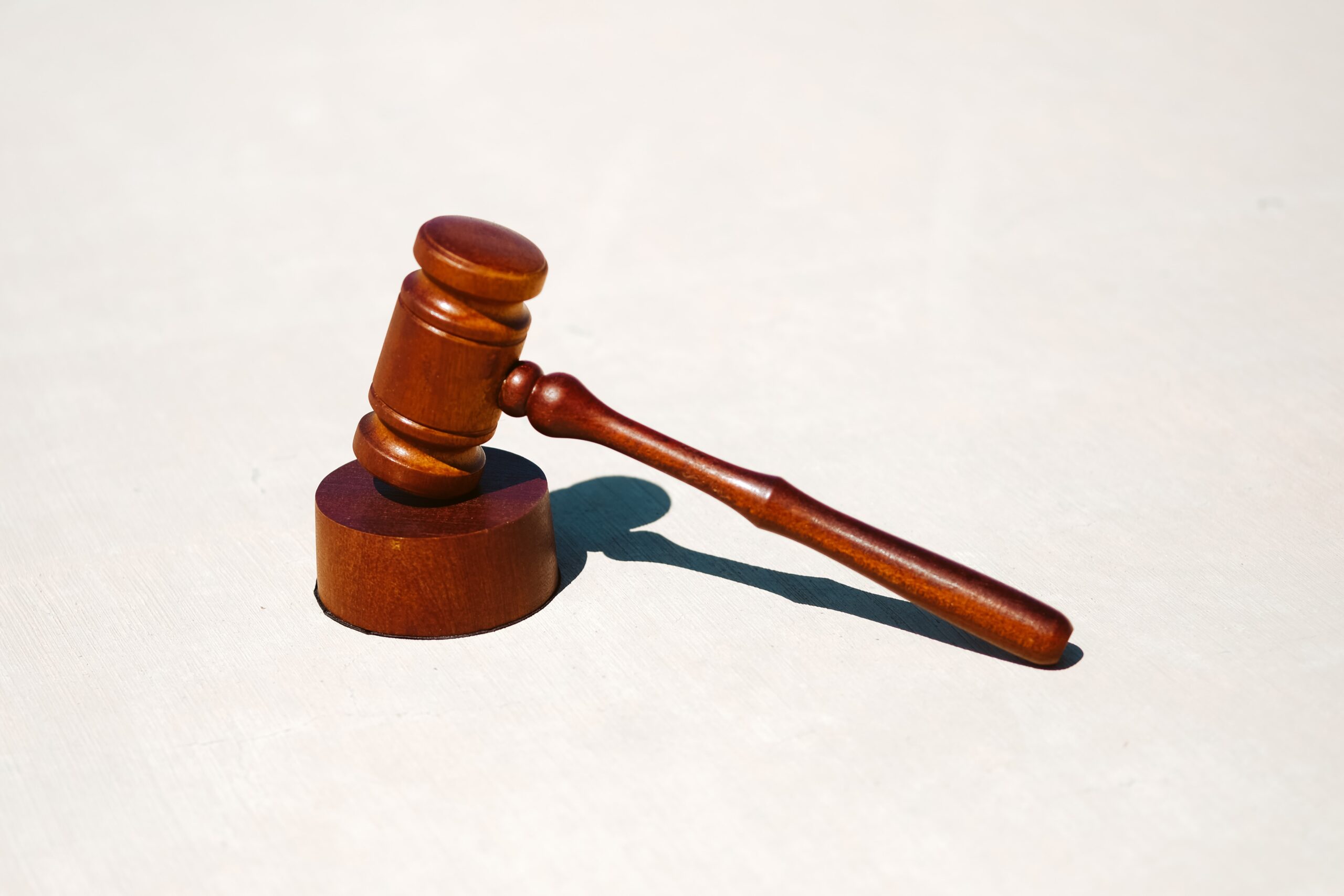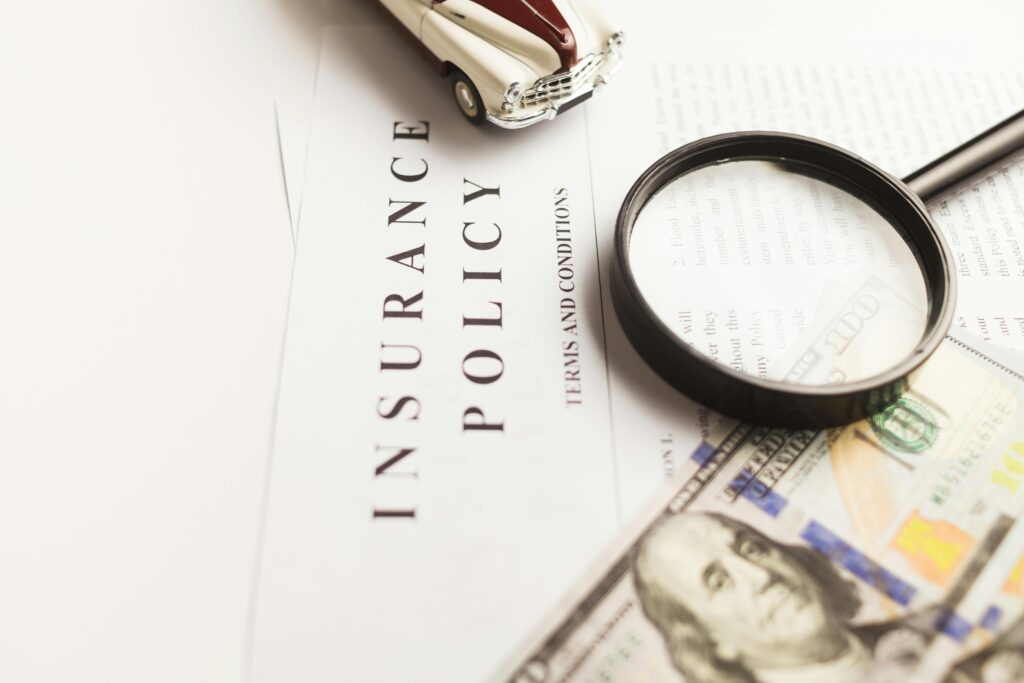Now Reading: Guide to Legal Responsibilities During Water Damage Restoration
-
01
Guide to Legal Responsibilities During Water Damage Restoration

Guide to Legal Responsibilities During Water Damage Restoration
You’re facing water damage restoration, but do you know your legal responsibilities? It’s crucial to understand insurance coverage, liability, and compliance with regulations. This post outlines essential steps to keep you protected and compliant.
Address the root cause fast to prevent further damage, then explore the best remediation strategies. For more expert tips on handling repairs and documentation, check the Water Damage Specialist blog for guidance.
Prepare to learn how to navigate insurance claims, disclaimers, and local regulations to avoid disputes. From clarifying responsibility to initiating repairs, you’ll discover reliable solutions for safely tackling water damage while meeting every legal obligation.
In water damage restoration situations, fulfilling legal obligations is vital. This guide explains essential responsibilities, covering every aspect from insurance coverage to contractor duties and risk management efforts.
Water Damage Legal Obligations
Water damage legal obligations arise from the need to protect property, people, and financial interests. Proper understanding ensures you follow regulations and avoid potential liabilities.
Potential legal issues may include negligence claims and compliance violations. Acting proactively helps you manage risks, build trust, and preserve relationships with policyholders or effected parties.
It’s essential to review local, state, and federal guidelines when determining your legal responsibilities. These regulations often specify proper procedures for documentation and restoring damaged structures.
Defining Core Duties
Core duties involve promptly assessing damage, notifying relevant parties, and conducting safe remediation. These provide transparency and protect both individuals and businesses from unforeseen consequences.
Coordinating With Stakeholders
Timely communication with contractors, insurers, and occupants is crucial. Good coordination can accelerate restoration timelines, minimize disputes, and maintain compliance with mandatory reporting requirements.
Securing Proper Documentation
Well-organized records show your adherence to obligations and facilitate efficient claims processing. Details such as receipts, inspections, and repair logs help validate legal responsibilities.
Staying updated on legal guidelines ensures you navigate water-related incidents with confidence. Sound knowledge and proactive measures foster a responsible and legally compliant approach.
Insurance Claims and Coverage
Insurance plays a pivotal role in managing financial liabilities. Familiarize yourself with policy terms, claim procedures, and coverage extents to streamline the restoration journey successfully.
- Review Policy Language: Thoroughly examine covered perils, exclusions, and deductibles to clarify the insurance provider’s obligations.
- Document Damage Immediately: Capture photographs, log initial findings, and gather evidence supporting the cause of water intrusion.
- Notify the Insurer Promptly: Contact your carrier or agent as soon as damage surfaces, facilitating faster claims processing.
- Remain Transparent: Provide all relevant records and maintain open communication, which helps prevent claim disputes later in the process.
Consult experts if policy language is unclear. Professional guidance can help you verify appropriate coverage, especially regarding flood scenarios or incremental water damage events.
Being prepared for insurer inquiries and cooperating fully sets the foundation for fair settlements. Clarify your responsibilities while keeping lines of communication wide open.
Landlord and Tenant Responsibilities
Landlords and tenants both have critical duties when mitigating water damage. Understanding lease terms and local laws can greatly reduce conflicts and financial strain.
Categories of accountability often hinge on whether the damage stemmed from negligence or structural defects. Each party must address water damage swiftly and responsibly.
Landlord Obligations
Property owners typically handle repairs connected to structural deficiencies and essential systems. They must ensure a safe living environment and promptly schedule qualified repair services.
Tenant Duties
When occupant misuse or delays cause further destruction, tenants often shoulder repair costs. Prompt reporting of leaks or flooding prevents escalation and additional property losses.
Insurance Coordination
Landlord and renter policies can overlap, so confirm coverage boundaries. Maintaining proper insurance helps cover personal possessions while also addressing liability for unintentional damage.
Mutual respect and cooperative communication shape a successful restoration outcome. Balanced agreements set clear expectations, reducing legal conflicts amid water damage incidents.
Third-Party Liability Issues
Third-party liability might emerge when external factors lead to water damage. Determining responsibility requires a clear understanding of contractual obligations and possible negligence scenarios.
Identifying External Parties
Sometimes, architects, builders, or product suppliers hold partial liability if design flaws or faulty components caused leaks or structural weaknesses within the property.
Proving Negligence
Establishing negligence demands evidence that an external party failed to meet reasonable standards of care. Thorough documentation is essential in constructing a strong case.
Professional legal advice aids in negotiating with insurers representing third-party interests. Skilled counsel can determine liability splits that accurately reflect each participant’s contribution.
Common Disputes in Claims Processing
When filing water damage claims, disputes sometimes arise about coverage, cause, or required repair levels. Communication and thorough documentation can help you sidestep these obstacles.
- Policy Language Ambiguities: Unclear terms often spark arguments over covered incidents or excluded perils. Clarify wording early to avoid frustration.
- Underestimated Repair Costs: Insurers may offer lower estimates for restoration, prompting a need for independent appraisals.
- Delayed Notifications: Late damage reports can whet insurer suspicion, heightening the risk of reduced payout or coverage cancellations.
- Disagreements Over Fault: Determining liability for water intrusion can be complex, especially when multiple parties share ownership or control.
Retaining legal counsel can expedite claim resolution. Attorneys skilled in water damage litigation know how to negotiate effectively with insurers and other involved parties.
Demonstrating consistent and transparent behavior during claims interactions builds credibility. Maintain open dialogue until the settlement is finalized to avoid unwanted legal entanglements.
Contractor Duties and Regulations
Water damage restoration contractors are bound to follow safety standards, adhere to building codes, and uphold contractual promises when restoring properties to pre-loss conditions.
Scope of Work
Complete assessments, water extraction, and repairs define contractor responsibilities. Detailed estimates empower property owners to budget accurately and remain informed about anticipated remediation tasks.
Ethical Practices
Professional restoration teams ensure microbial threats are tackled responsibly. Discover more about these crucial standards from this reference and see why diligence matters.
Licensing Requirements
Many regions require specialized certifications for contractors handling water damage. Verifying credentials not only ensures compliance but guarantees a knowledgeable and prepared restoration partner.
Regulatory adherence shapes trust between homeowner and contractor. When guidelines are followed strictly, restoration concludes faster, with minimized safety hazards and fewer liability complications.
Restoration Documentation Best Practices
Comprehensive documentation paves the way for a smoother repair process and fosters accountability. Thorough recordkeeping enhances claim accuracy and minimizes disputes with insurers.
Initial Assessment
Record the extent of visible damage, source identification, and structural vulnerabilities. Create a clear blueprint for remediation based on quantifiable observations and photographic evidence.
Ongoing Progress Logs
Throughout restoration, track daily tasks, moisture readings, and issues encountered. This snapshot approach keeps stakeholders updated and supports efficient adjustments when unexpected complications arise.
Final Verification
Before concluding, confirm that everything is dry, stable, and fully repaired. Acquire sign-offs from involved parties to finalize your documentation and close the project.
Proper recordkeeping reduces guesswork and fosters transparency. Clear, well-organized data eliminates confusion, safeguarding everyone’s interests throughout the restoration life cycle and any follow-up queries.
Risk Management Strategies
Implementing proactive risk management reduces costly disruptions and protects all parties involved. By tackling potential water hazards early, you minimize unforeseen complications down the line.
- Schedule Routine Inspections: Regular checks on pipes, roofing, and appliances catch problems before they intensify into major incidents.
- Educate Occupants: Providing guidance on proper usage of fixtures and appliances lessens accidental water mishaps.
- Maintain Comprehensive Insurance: Adequate coverage is vital, ensuring you have financial protection for sudden and accidental water-related damage.
- Create Emergency Plans: Quick response protocols keep everyone safe and help expedite the remediation process.
Coordinated safety measures benefit homeowners, tenants, and restoration professionals alike. A cohesive approach fosters stability and reduces unexpected delays when dealing with water mishaps.
Building relationships with reliable contractors and insurers aids in emergency preparedness. Swift, informed reactions render you far more resilient when water damage arises unexpectedly.
Sealing Your Remedies
You finalize responsibilities swiftly, backed by thorough documentation and open communication. Seek help from trusted experts to reduce risks, expedite solutions, and ensure everyone’s obligations get fulfilled without legal complications. Stay vigilant; remain in control.










